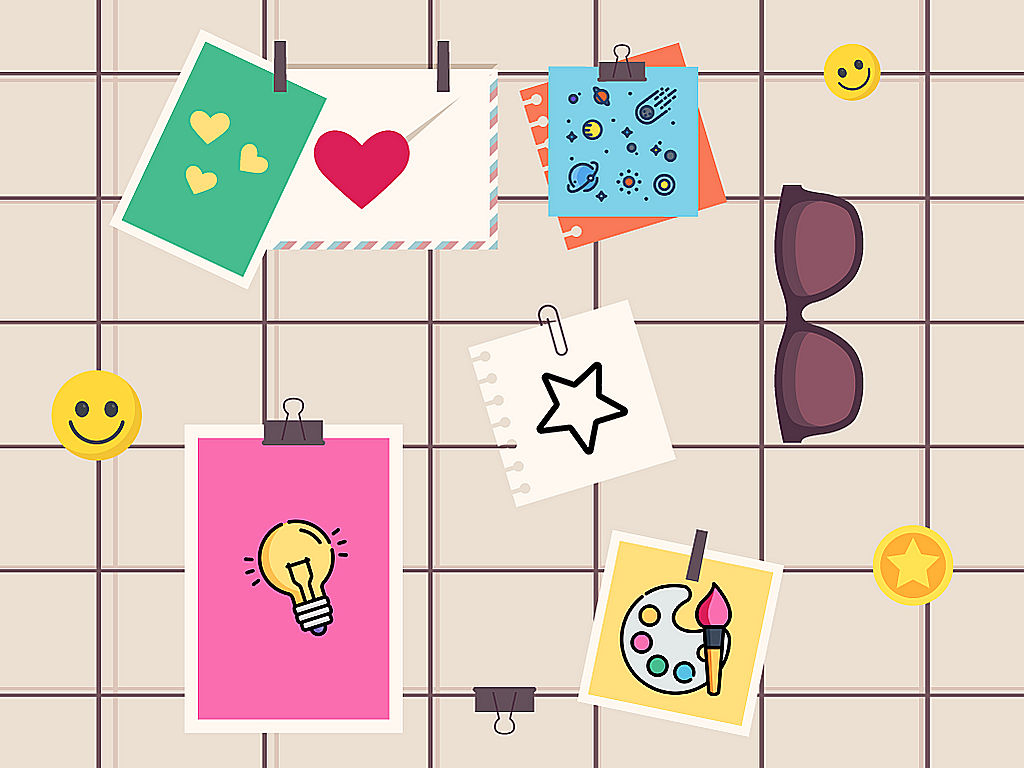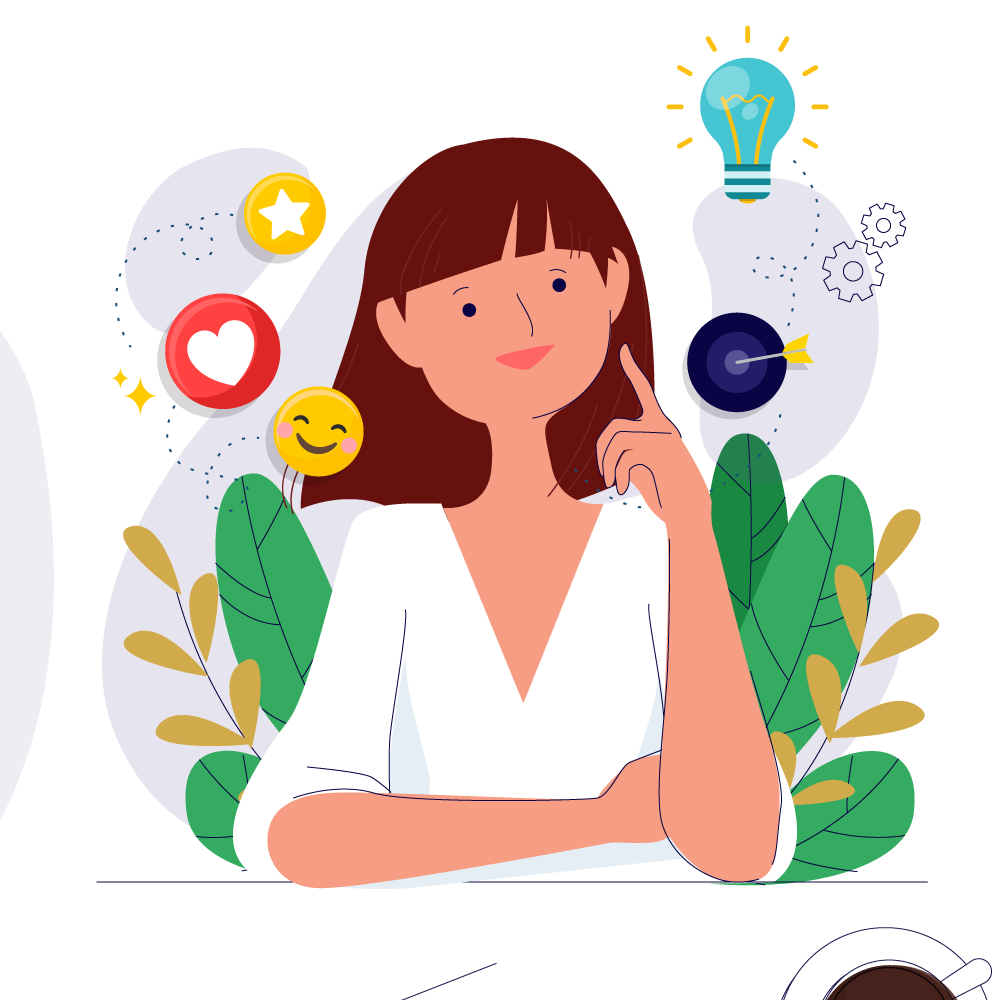How Mood Boards Can Inspire Your Next Design Project
by Paola Limin

As creative people, bumping into idea roadblocks is a common dilemma. After all, inspiration doesn’t just puff out of a nutshell like how it was often depicted. Creating a mood board can get you back on track sooner than you think. It illustrates the artistic direction that your project is trying to achieve. When words fail to convey the concept you have in mind, mood boards can be an alternative communication tool to present your desired output.
How Mood Boards Can Inspire Your Next Design Project
Every design project is expected to offer something unique. From how it adds value to the brand to assuring that it attracts the right audience, the mix-and-match process of getting it done can be a bit tricky.
After sitting down in a client meeting and spending hours concocting the perfect output, only to get your proposal rejected - going through an inspirational burnout is inevitable. After all, ideas don’t just puff out of a nutshell like how it was often depicted.
Before you dwell on your recent defeat, did you know that creating a Mood Board can get you back on track sooner than you think? If you had been in the industry long enough, chances are you’ve heard about it. If not, let me tell you about how mood boards can inspire your next design project.

But first, what exactly is a mood board?
Modern mood boards can be inclusive of images, texts, fonts, color schemes, videos, and even audio materials that can stand as a guide for your desired output. Many visual-related professions love this tool because it illustrates the artistic direction that a project is trying to achieve. When words fail to convey the concept you have in mind, mood boards can be an alternative communication tool to present your ideas.
While some use MBs to keep the design process aligned, it also serves as an inspiration treasure box to others. As creative people, having a consistent flow of fresh ideas is very important. We need to refill our creative juices from time to time to keep our innovatory wheel spinning. Bumping into roadblocks is a common dilemma, but this can be avoided altogether by preparing a mood board before you commence into a new project.
There are two ways you can try if you’re intrigued to make one.

1. Physical Mood Board
This can be created using combinations of traditional media such as cut-out pictures from newspapers and magazines, photographs, fabric, inspirational objects, and many more. These materials can be glued and fitted together on a board. Although quite tedious to make, some designers say that physical MBs offer more impact due to its sensorial element that provokes desired emotions.
2. Digital Mood Board
Unlike traditional, this type of mood board is all done digitally through various graphic design software. The resources you can use on this are also digitally limited. But videos, motion graphics, and audio can be added to the mix for the further development of the visual language intended for the design process. Presenting and sharing is also easier as it can be transferred from one digital platform to another.
If you reach this point with a thought that mood board is not the right tool for you, let me pull out a list of why you shouldn’t cast it aside.

3 Signs Your Project Badly Needs A Mood Board
Sign #1: Slow Progress
Right about now, you’re probably stuck and running out of fuel to keep your idea engine pumping. When it comes to the designing process, efficiency is of the essence. Among the most important things you have to worry about is none other than the time frame of the project - you have a deadline. Having a mood board means you don’t have to constantly look for inspiration or references because you have it all in one place. Thus, avoiding wasting more time and pouring all the effort in your final output instead.
Sign #2: Too much revision
Constant revisions can drain a designer’s motivation, most of us can agree on that. Although this cannot be taken out of the process, wouldn’t it be such a relief if we can lessen the number of times it actually happens? Formulating a mood board just does that. It creates a communication bridge for you, your client, or your team members. Making them involved in the project meant that their input was put into consideration. Aside from building trust, this would allow them to have an insight into every aspect of your design.
Sign #3: Overflowing ideas
For some, coming up with ideas on a whim is a piece of cake. But with an extensive source of inspiration like the Internet, organizing it can pose a huge problem. When starting a design project, you have to know how to separate personal preference from the aimed visual concept. Having a mood board allows you to stay on track. It’ll maintain the objectives of the finished design in mind.
Did you tick a box or two with the list above? If the answer is yes, maybe it's about time you give it a shot for your next design project.
Sevensharp Creatives elevates businesses from different industries to a whole new level! Our team offers 360 digital marketing solutions that includes the current online vital social media platforms, website design and development, software development, search engine marketing, search engine optimization, email and SMS marketing, photo and video shoot and more for small, medium, corporate businesses, and public entities. Get your free consultation with us to jumpstart your digital marketing journey! Contact us at +63 917 146 2603 (Viber, Whatsapp) or email us at hello@sevensharpcreatives.com.
How You Can Transform and Reinvent Your Brand Amidst the Pandemic
August 28, 2020by Ana Carissa Del Castillo


